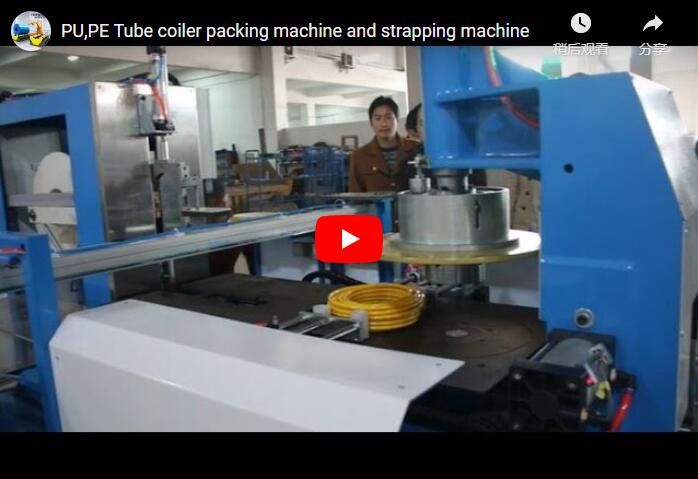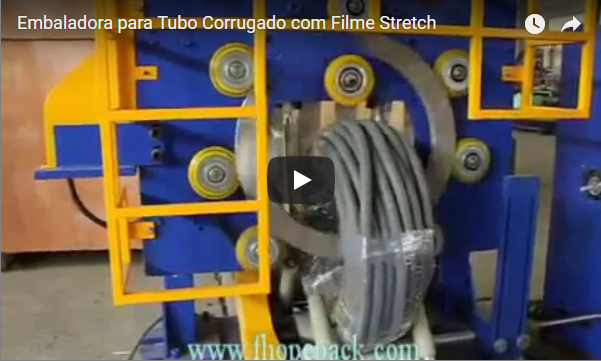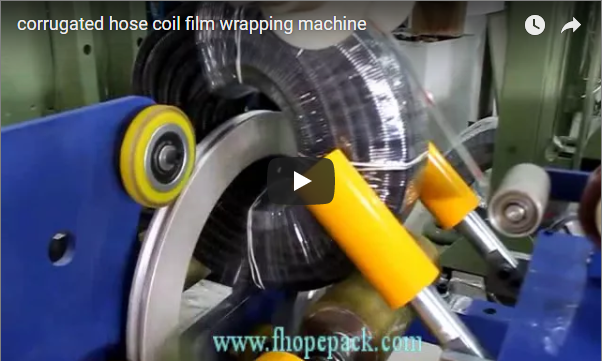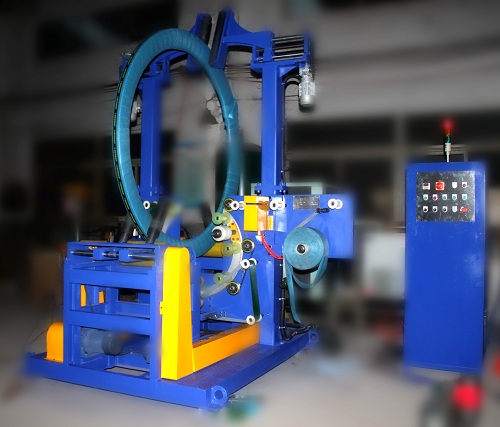Choosing the right packing machine for boards and panels can feel overwhelming. Finding the right solution to handle your packaging needs saves time, reduces costs, and maintains product quality. This decision directly impacts your operational efficiency.
A suitable packing machine for boards and panels will handle the dimensions, weight, and packaging material requirements efficiently. Consider your products' specifications first, then assess machine features like speed, automation level, and durability for a well-informed decision.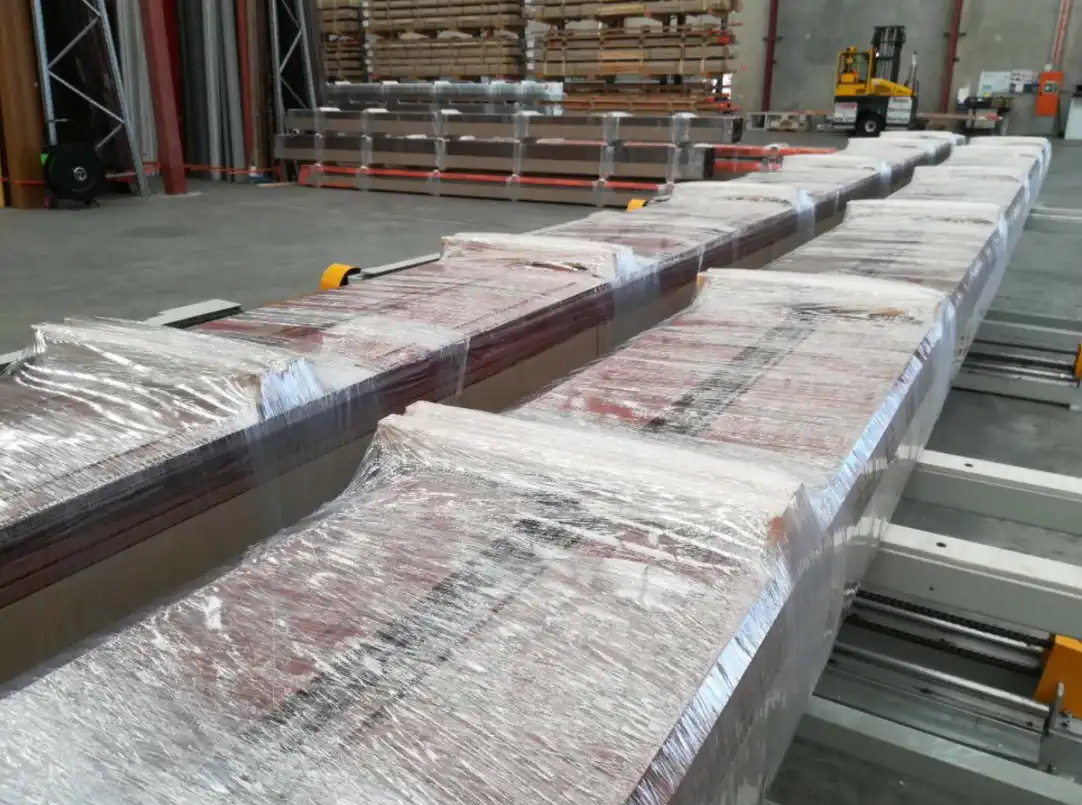
Packaging equipment selection is crucial. It ensures your packaged goods remain intact and appealing while improving operational productivity. By understanding the key factors that impact machine selection, you can make more informed decisions, ultimately enhancing your workflow.
What are the different types of packing machines available for boards and panels?
Different machines cater to varying packaging needs. Key types include shrink wrap machines, stretch wrap machines, and carton sealers. Each serves distinct functions based on your board and panel requirements.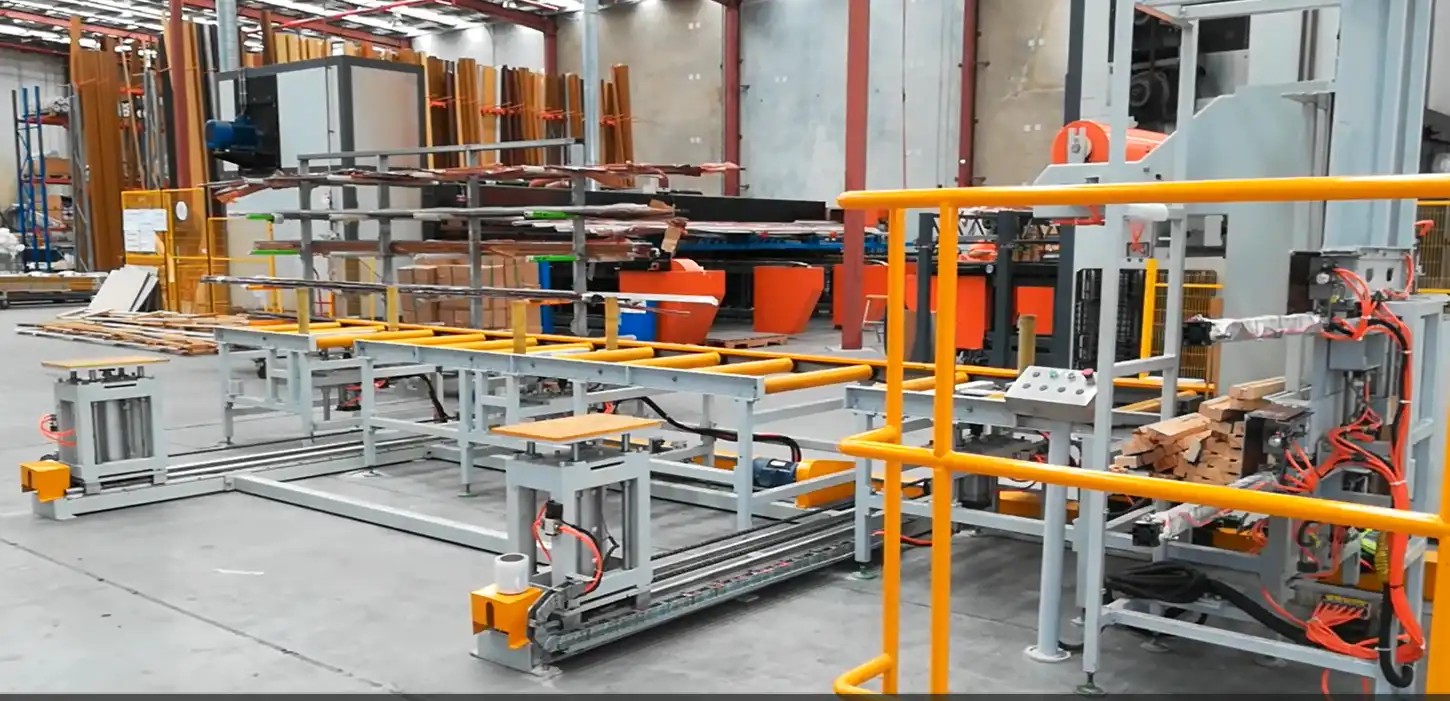
Analyzing the Types of Packing Machines
Each packing machine type offers unique benefits that suit different packaging needs. Shrink wrap machines envelop products in plastic film, providing secure and tamper-proof packaging. They are effective for items needing protection during storage and transit. Stretch wrap machines, conversely, ensure versatile packaging with elasticity that wraps goods tightly, accommodating different load sizes and minimizing waste.
| Machine Type | Function | Best For |
|---|---|---|
| Shrink Wrap | Encases in film, seals with heat | Tamper protection |
| Stretch Wrap | Elastic wrap, secures and stabilizes | Flexible packaging |
| Carton Sealer | Seals boxes efficiently | Streamlined box sealing |
Experience illustrates how these machines enhance productivity by reducing labor and increasing speed. The choice often depends on whether the priority is security, flexibility, or efficiency in handling bulk packages. From my years of hands-on experience working with different machines, the right selection depends on your specific operational goals and the type of products you're handling. This understanding will guide you through various scenarios and lead to decisions that align with business objectives.
Each of these machines, through trial and error, addresses specific challenges such as maintaining packaging integrity, optimizing material use, and streamlining workflows. Therefore, your company's unique needs will determine the best choice for your setting.
How do I determine the specific packaging needs for my boards and panels?
Packaging boards and panels can be tricky. The process needs to be tailored to specific needs to ensure safety and efficiency.
To determine specific packaging requirements for boards and panels, assess material type, dimensions, weight, and transport conditions. Evaluate risks like moisture, impacts, or temperature fluctuations to select appropriate packaging solutions.
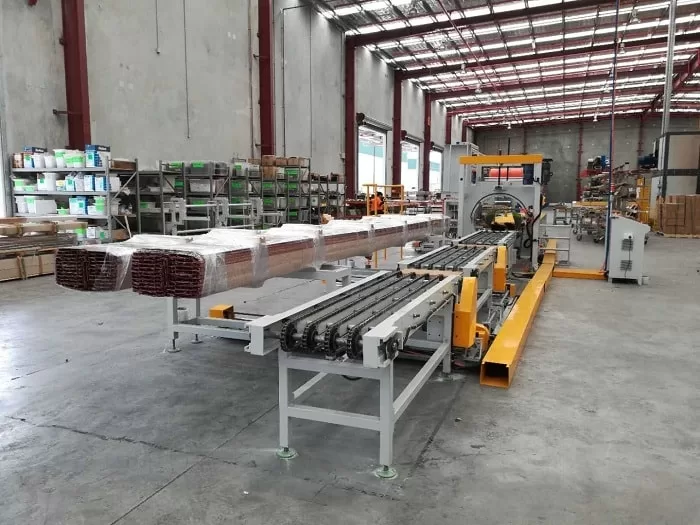
Identifying Packaging Specifications
Determining the right packaging involves evaluating material features and transportation conditions. This is a comprehensive task that requires a good understanding of various factors:
| Factor | Consideration | Importance |
|---|---|---|
| Material Type | Wood, metal, composite, etc. | Impacts moisture barriers required |
| Dimensions | Length, width, thickness | Determines packaging size and strength |
| Weight | Overall weight of items | Influences handling and transport needs |
| Transport Conditions | Temperature, humidity, route | Affects stability and protection needed |
First, understanding the material type is crucial. Wooden boards might need moisture-resistant packaging, while metal panels require rustproof solutions. Dimensions and weight dictate the size and strength of packaging. Boards and panels that are heavier or more voluminous need reinforced packagings, like heavier-duty covers or casings.
Transport conditions also play a vital role. Sensitive to temperature variations? Packaging with thermal insulation could be necessary. If your route is long and bumpy, shock-absorbing materials might be called for. Combating these challenges helps preserve board and panel integrity.
How do budget constraints impact the selection of a packing machine?
Budgetary limitations influence packaging machine choices significantly. Finding the balance between cost and requirement is essential for viable operations.
Budget constraints impact packing machine choices by requiring a balance of cost efficiency and functional necessity. Constraints may limit advanced features but encourage innovation and optimization.
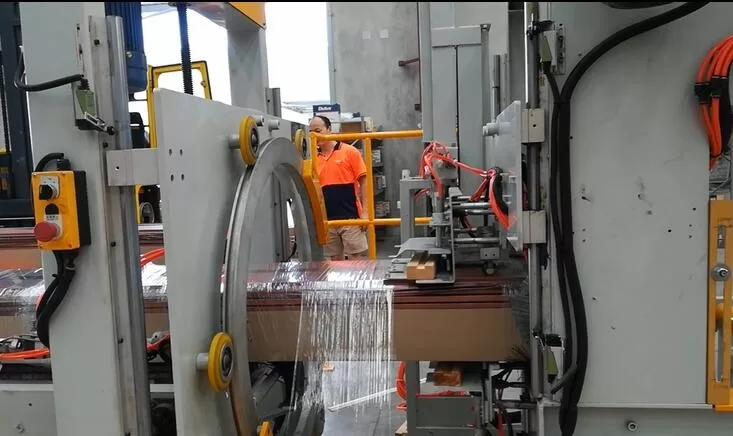
Evaluating Machine Costs vs. Benefits
Assessing how budget affects machine selection involves weighing initial investment against long-term savings and efficiencies. Here are some key aspects to consider:
| Aspect | Cost Consideration | Benefit Analysis |
|---|---|---|
| Initial Costs | Machine purchase and installation | Seek cost-effective options |
| Maintenance | Long-term operational expenses | Affects overall efficiency |
| Features | Possible compromise on advanced features or tech | Only essential features to reduce costs |
| Efficiency | Impact of reduced speed or capacity | Improved cost management over time |
Initial costs weigh heavily in decision-making. Price tags often dictate initial selections, but remember that cheaper options may demand more frequent repairs, hindering benefits. Maintenance costs also matter. A machine that costs less initially but requires constant service could become expensive.
Feature selection is critical under budgetary pressure. While advanced features are enticing, prioritize essential ones that match specific needs. Efficiency may take a hit if budget restrictions mean reduced machine speed or capacity. However, optimizing other aspects of your process can balance this out, helping maintain overall productivity and cost-effectiveness.
Conclusion
Balancing the specific needs of boards and panels with budget constraints presents challenges but offers opportunities for creative problem-solving. Understanding the nuances of your material and transportation conditions helps in selecting tailored packaging solutions. Meanwhile, financial constraints can lead to innovative cost management and efficiency optimization. By approaching these challenges systematically, one can achieve effective and economical packaging solutions.Effective machine selection balances understanding machine types, specific packaging needs, and budget considerations, ensuring optimal packaging solutions for boards and panels.

